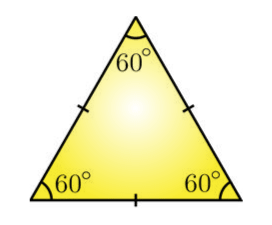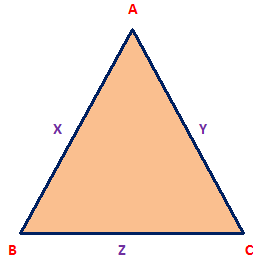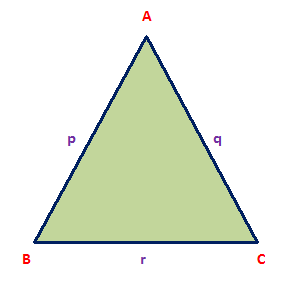CLASS-6
MENSURATION-PERIMETER OF TRIANGLE
PERIMETER OF TRIANGLE -
The perimeter of a triangle is the sum of the lengths of its three sides. The formula for calculating the perimeter of a triangle depends on the lengths of its sides, which may vary depending on the type of triangle (e.g., equilateral, isosceles, scalene). Here are the formulas for finding the perimeter of different types of triangles:
- Equilateral Triangle:- In an equilateral triangle, all three sides are of equal length. If s represents the length of a side, then the perimeter (P) is given by: P = 3S


Three sides, AB = BC = CD = S
So, Perimeter of Equilateral Triangle ABC = AB + BC + CD
= S + S + S = 3S
2. Isosceles Triangle:- In an isosceles triangle, two sides are of equal length, and the third side is of a different length. If X and Y represent the lengths of the two equal sides, and c represents the length of the unequal side, then the perimeter (P) is given by:
P = X + Y + Z

3. Scalene Triangle:- In a scalene triangle, all three sides have different lengths. If a, b, and c represent the lengths of the three sides, then the perimeter (P) is given by:
P = p + q + r

To calculate the perimeter of a specific triangle, you need to know the lengths of its sides. Simply add up the lengths of the sides using the appropriate formula based on the type of triangle. Keep in mind that the unit of measurement should be consistent for all side lengths in your calculation (e.g., meters, feet, inches).